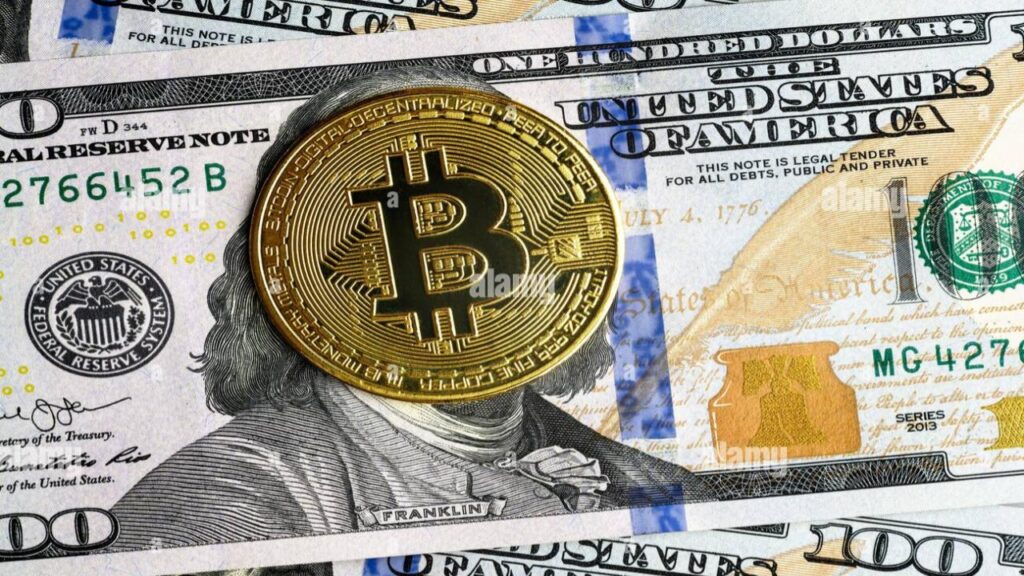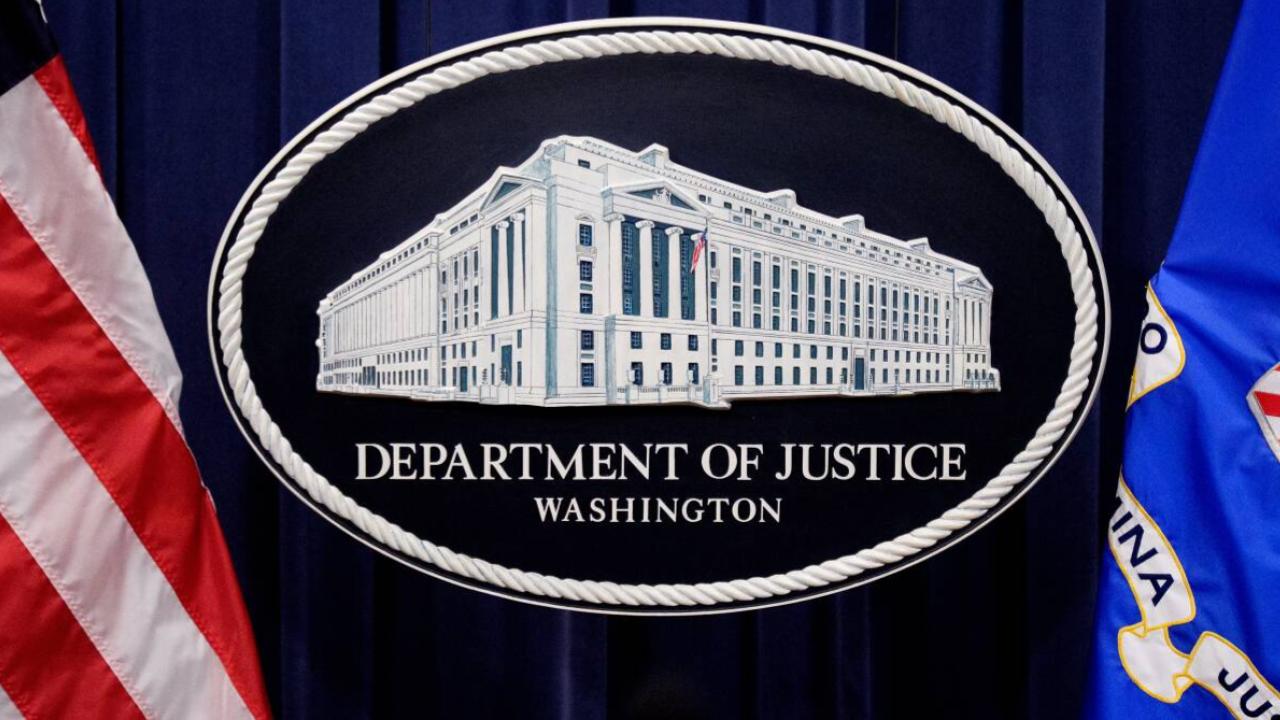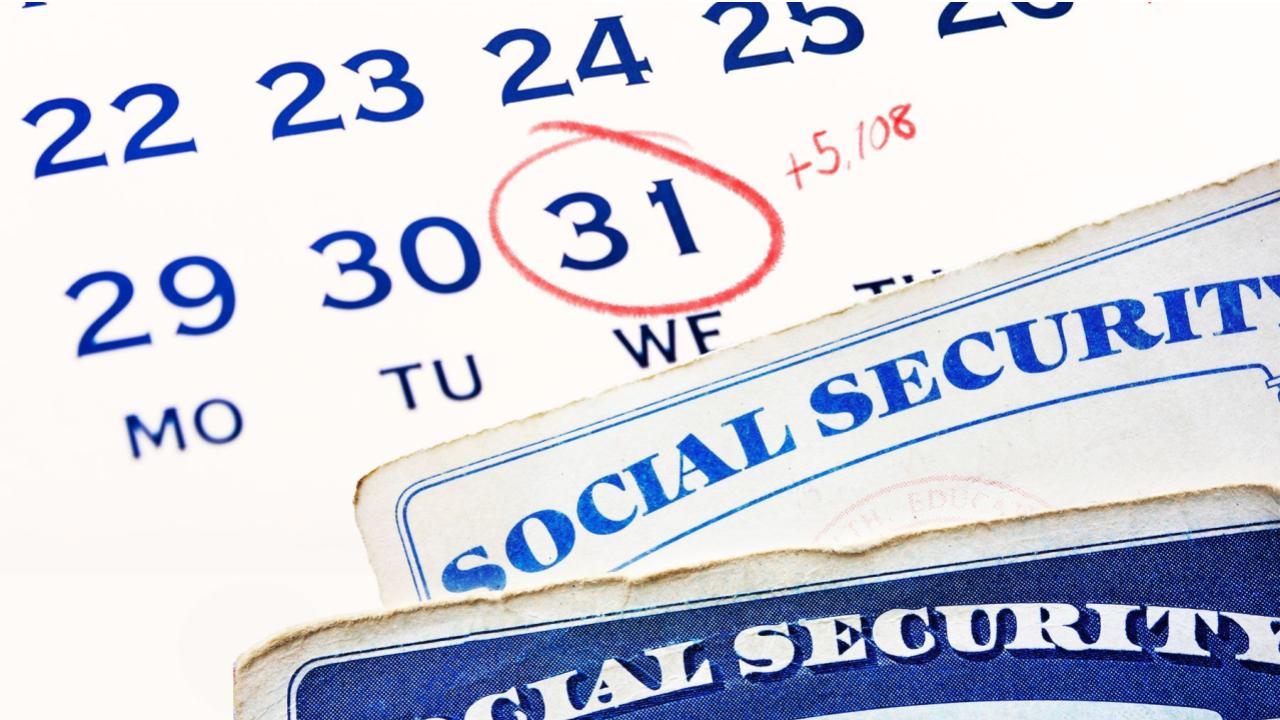Bitcoin vs USD is a debate that has been buzzing in the financial world for years. As the pioneer of cryptocurrencies, Bitcoin (BTC) has often been hyped as the future of money — some even say it could dethrone the U.S. dollar (USD) as the global reserve currency. But hold on a sec, because despite all the hype and rising adoption, Bitcoin still hasn’t managed to take the crown from the mighty dollar. Why? Let’s break it down in a way that’s easy to get, whether you’re a crypto newbie or a seasoned pro.

Bitcoin vs USD
| Topic | Details |
|---|---|
| Bitcoin (BTC) | Decentralized digital currency, created in 2009, limited supply of 21 million coins |
| U.S. Dollar (USD) | Established fiat currency, global reserve currency since post-WWII, controlled by the Federal Reserve |
| Volatility | Bitcoin is highly volatile; USD is stable |
| Regulation | USD backed by government; Bitcoin faces regulatory uncertainty |
| Adoption | USD used globally for trade and reserves; Bitcoin adoption growing but still limited |
| Transaction Speed | Bitcoin processes ~7 transactions per second; USD payments processed instantly in banking systems |
| Global Trust | USD trusted worldwide due to economic and military power; Bitcoin still building trust |
The battle between Bitcoin vs USD isn’t just about technology or finance — it’s about trust, stability, and global acceptance. While Bitcoin offers an exciting alternative with its decentralized nature and limited supply, the U.S. dollar’s entrenched position backed by government authority and decades of trust keeps it firmly on the throne for now.
For Bitcoin to topple the dollar, it must evolve technologically, gain regulatory clarity, stabilize its price, and win hearts and wallets worldwide. Until then, the dollar remains the king of global currencies — but Bitcoin’s rise is a story worth watching closely.
What Makes the U.S. Dollar King of the Hill?
The Dollar’s Long-Standing Legacy
The U.S. dollar isn’t just another currency — it’s been the world’s reserve currency since the mid-20th century. Post-World War II, the Bretton Woods Agreement set the dollar as the backbone of the international financial system, pegged to gold. Even after the gold standard ended, the dollar remained king because countries trusted its stability.
Why Is the Dollar So Trusted?
The Federal Reserve, the U.S. central bank, controls the dollar’s supply and interest rates, steering the economy through booms and busts. This control allows for predictable monetary policy, which investors, governments, and businesses count on.
The dollar’s dominance also comes from:
- The size of the U.S. economy — the world’s largest.
- The U.S. military and geopolitical influence.
- A well-developed financial system with deep, liquid markets.
- The widespread use of the dollar in global trade, especially for commodities like oil.
Put simply, people worldwide want dollars because it’s stable, accepted everywhere, and backed by one of the most powerful nations on Earth.
Why Bitcoin Can’t Just Walk In and Take Over
1. Volatility: A Rollercoaster Ride
Bitcoin’s price is notoriously volatile. One day it’s sky-high; the next, it’s taking a nosedive. For example, in 2021, Bitcoin hit nearly $65,000 in April but dropped below $30,000 by July. This wild ride scares off many businesses and governments who want a stable currency for daily transactions or reserves.
2. Regulatory Fog
Bitcoin operates in a regulatory gray area. Different countries have varying rules — some embrace it, others ban it outright. This patchwork creates uncertainty for investors and businesses.
The U.S., for instance, treats Bitcoin as property for tax purposes, but regulatory bodies like the SEC and CFTC are still figuring out how to supervise crypto markets. Without clear, consistent rules, widespread adoption is hampered.
3. Transaction Speed and Scalability Issues
Bitcoin’s blockchain processes about 7 transactions per second (TPS), while Visa handles over 24,000 TPS. For Bitcoin to replace the dollar globally, it must scale drastically to handle everyday payment volumes.
Efforts like the Lightning Network aim to speed up transactions, but these are still developing.
4. Adoption and Usability
While Bitcoin adoption is growing, it’s far from universal. Many people still find using Bitcoin confusing or risky. Plus, most governments and central banks don’t accept Bitcoin as legal tender (except some exceptions like El Salvador).
The dollar, on the other hand, is accepted almost everywhere, from corner stores to international trade deals.
Bitcoin’s Advantages and Why It Still Matters
Despite these challenges, Bitcoin is no joke. Here’s why it’s still a big deal:
- Limited Supply: Only 21 million Bitcoins will ever exist, making it deflationary, unlike fiat currencies that can be printed endlessly.
- Decentralization: No single authority controls Bitcoin, which appeals to those wary of government or bank control.
- Transparency: Bitcoin transactions are recorded on a public blockchain, enhancing security and reducing fraud.
- Growing Institutional Interest: Big players like Tesla, MicroStrategy, and major banks are investing in Bitcoin, signaling increasing acceptance.
What Needs to Happen for Bitcoin to Challenge the Dollar?
Step 1: Taming Volatility
For Bitcoin to be a reliable currency, its price needs to stabilize. This might come with broader adoption and more mature markets that absorb shocks better.
Step 2: Clear Regulation
Governments need to provide clear, consistent crypto regulations. This clarity will encourage businesses and individuals to adopt Bitcoin without fear of sudden bans or penalties.
Step 3: Technological Upgrades
Improving Bitcoin’s transaction speed and scalability through solutions like the Lightning Network or other layer-2 tech will be crucial for everyday usability.
Step 4: Widespread Adoption
Merchants, governments, and individuals worldwide need to embrace Bitcoin for payments, savings, or reserves. More real-world use will build trust and stability.
What Experts Say
Billionaire investor Tim Draper predicts Bitcoin could replace the dollar in a decade. Others, like former Fed Chair Janet Yellen, caution that Bitcoin lacks the stability and backing to replace fiat currencies anytime soon.
The truth is, Bitcoin and USD serve different purposes now — the dollar as a stable medium of exchange and reserve, and Bitcoin as a digital asset and store of value alternative.
Practical Advice for Investors and Users
If you’re thinking of diving into the Bitcoin vs USD debate with your wallet:
- Diversify: Don’t put all your eggs in one basket. Combine traditional assets with cryptocurrencies.
- Stay Informed: Regulations and technologies evolve quickly. Keep up with news from credible sources like the Federal Reserve or CoinDesk.
- Understand Volatility: Be ready for price swings if you invest in Bitcoin.
- Use Trusted Platforms: Only transact on reputable exchanges and wallets.
- Long-Term Perspective: View Bitcoin as a long-term asset rather than a get-rich-quick tool.
Frequently Asked Questions (FAQs)
Can Bitcoin really replace the U.S. dollar?
While some experts believe it’s possible in the long term, significant hurdles remain. Bitcoin’s volatility, regulatory uncertainties, and scalability issues make it unlikely to replace the dollar soon.
Why is the U.S. dollar so dominant globally?
The dollar’s dominance stems from the size of the U.S. economy, its political and military power, a strong financial system, and trust built over decades.
Is Bitcoin legal in the United States?
Bitcoin is legal as property and investment but not recognized as legal tender. The U.S. government regulates it mainly for tax and anti-money laundering purposes.
How volatile is Bitcoin compared to the dollar?
Bitcoin’s price can swing by more than 10% in a day, whereas the dollar’s value remains relatively stable due to monetary policy and government backing.
What are Bitcoin’s biggest challenges?
Volatility, regulatory uncertainty, slow transaction speeds, and limited adoption are Bitcoin’s main challenges to becoming a global currency.






